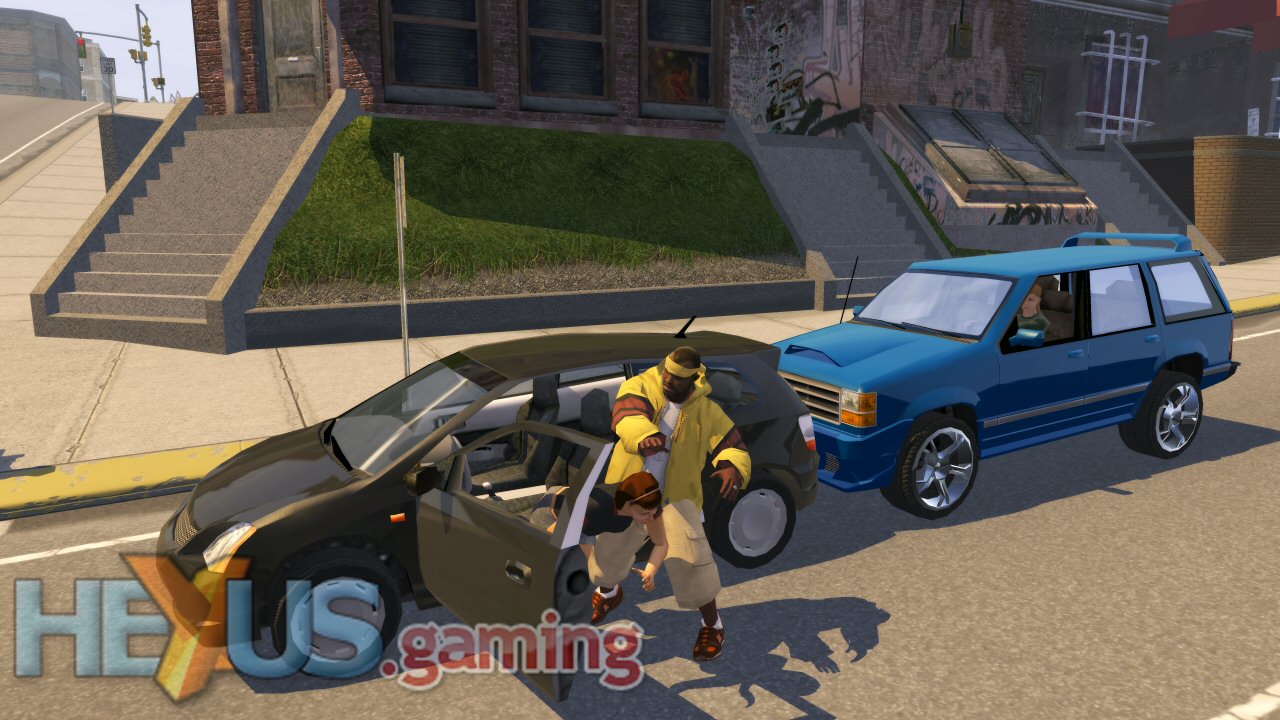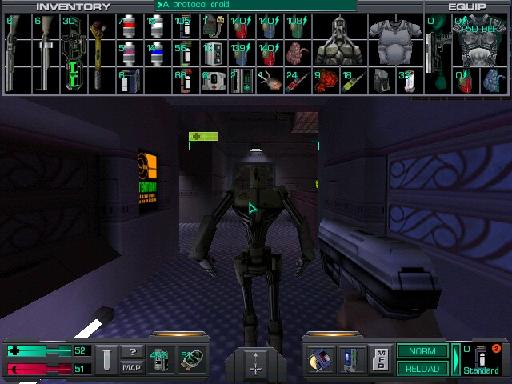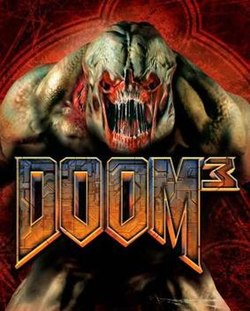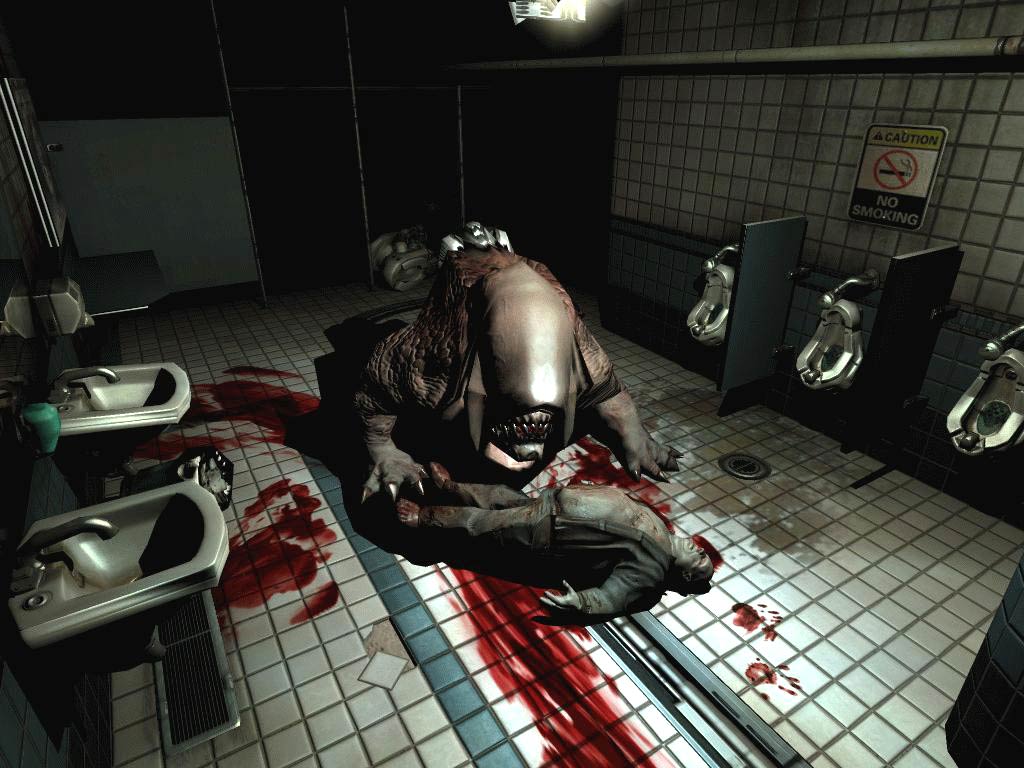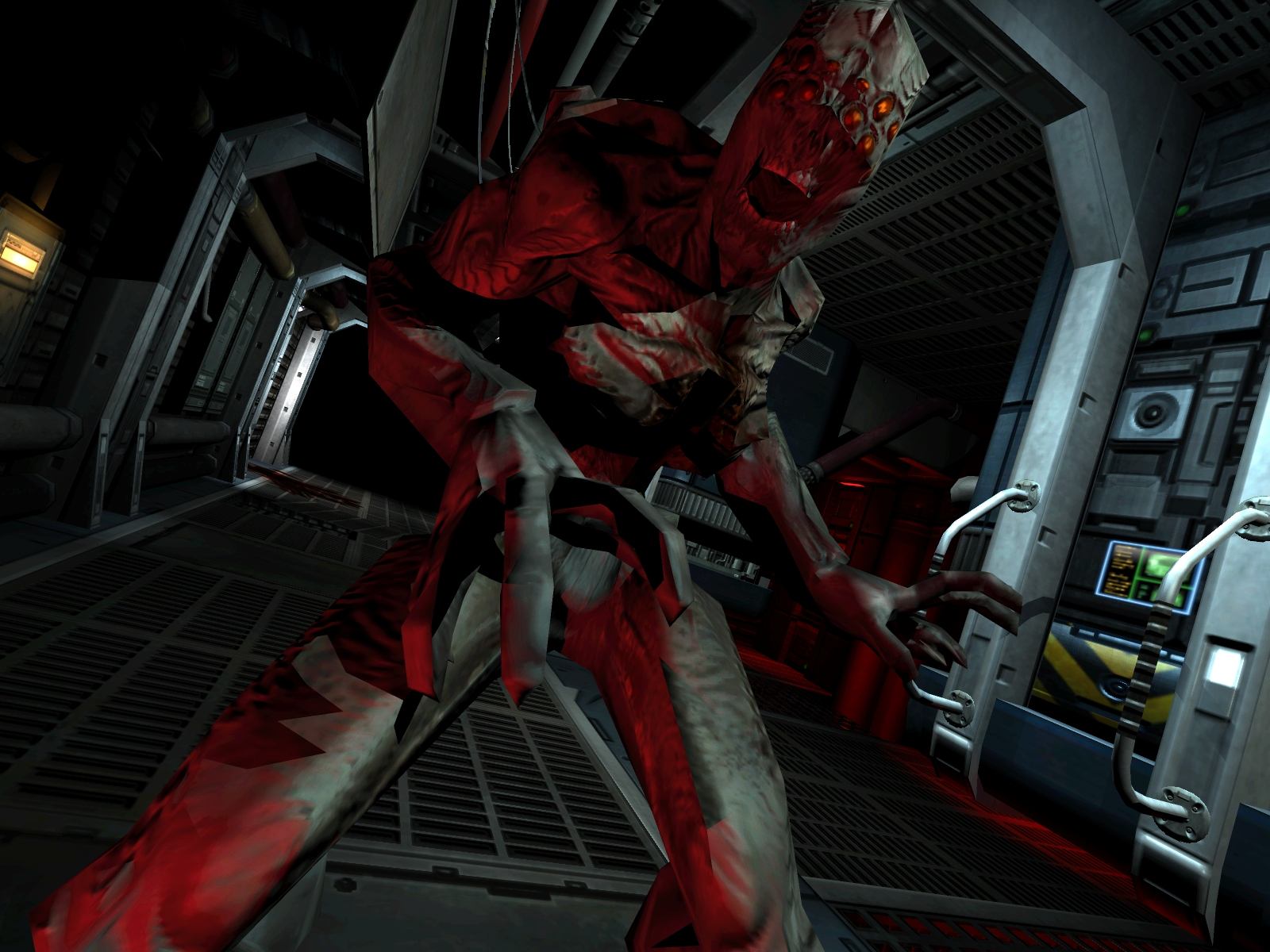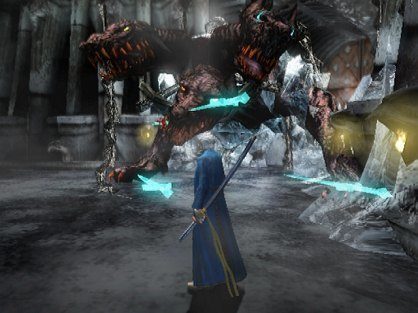Saints Row 2 is an open world action-adventure video game developed by Volition, Inc. and published by THQ for the Microsoft Windows,PlayStation 3, and Xbox 360 systems. It is the second title in the Saints Row series, after the release of Saints Row in 2006. It is succeeded by Saints Row: The Third, released on 15 November 2011. It was released in North America, Australia and Europe in October 2008 for video game consoles and ported to Windows in January 2009. Before the game's original release, it was ported by G5 Entertainment to mobile phones. Three downloadable content packages were developed for the PlayStation 3 and Xbox 360; Ultor Exposed, Corporate Warfare, and The Unkut Pack.
Set in the fictional city of Stilwater, players control the same nameless protagonist, who has survived the yacht explosion from the first game, and leads the Third Street Saints gang. Assisted by the gang, the protagonist seeks to eliminate three rival gangs who have formed during the five-year period between Saints Row and Saints Row 2. The game is presented as a third-person shooter in an open world, with action-adventure and driving sequences. Online co-operative play and competitive multiplayer are allowed.
The initial release versions of Saints Row 2 were met with general approval. The Windows port was met with more mixed reviews. Praise was directed at the game's fast-paced action sequences and nonlinear gameplay; criticisms were directed at technical issues. In its first month of release, the game sold an estimated 400,000 units. It has sold in excess of 3.4 million units as of September 2010.
Gameplay:
The core gameplay comprises elements tha are third-person shooting and driving in a nonlinear environment, giving the player an open world in which to move around. The player's character is capable of maneuvering through the environment, utilizing weaponry and engaging in melee combat warware. After successfully completing the first game mission, the player is able to explore the environment and choose how they wish to play the game. Missions are unlocked by earning 'respect' points from mini games and side-missions and although completing missions is necessary for game progression, players can complete them at their own leisure. The player is granted the option of instantly retrying the missions should they fail an attempt. Numerous checkpoints save progress in each mission, and missions can be replayed from locations within the environment. Aside from attempting missions, the player can explore the environment, purchase items at shops and participate in the aforementioned mini-games and side-missions. The player can alsowreak havoc upon the environment which can provoke potentially fatal attention from authoritative forces. The player can recruit members from a friendly gang and use a mobile phone to contact friends and/or businesses, as well as to input cheat codes. It should be noted that entering cheats will disable Xbox 360 achievements.
The player can drive a variety of vehicles which can be stolen, bought or unlocked. Aside from automobiles, the game contains boats andwater craft, helicopters, fixed-wing aircraft, motorcycles, and other vehicle types. The player can activate a cruise control system on land and sea-based vehicles, which may aid in chases and drive-bys. Way points can be placed on the pause-screen map, leaving a GPS route between the player character's location and the set destination. Instead of having to manually drive, the player can hail a taxicab from cab services and pay a fee to travel to destinations on the map.
The player is granted the ability to alter the player character's appearance; modifying the gender, ethnicity, fitness, voice, facial structure and hair of the player character is allowed. The player may also modify the player character's interactions in the game, i.e. the player's movement, fighting style and personality traits.Clothes, tattoos and piercings can be purchased for the player character, and the colour or style of individual items can be modified. Set outfits can be bought or created and saved for later use. The game allows the player to modify land-based vehicles, after being taken to a chop shop. The player can equip performance modifiers like hydraulics and nitrous oxide, apply body mods and apply paint schemes to the vehicle. In-game safe houses, known as 'cribs', can be purchased by the player. At a crib the player can withdraw from the player character's earnings, alter the player character's outfit, replay missions/cutscenes and save game progress. The player may also alter the interior of cribs by applying themes and purchasing items like television sets and pool tables. Boats and fixed-wing aircraft can be stored at docks and hangars, respectively. The player can select from preset clothing fashions, vehicles, 'signs' and 'tags' for recruits of the player character's street gang. The combat systems from Saints Row have been updated but many of the basics remain unchanged. While engaging in melee-based combat, the player character will perform combos and charge up attacks, and can execute a finishing move if three consecutive hits are dealt. With a gun equipped, the player can perform a groin attack, and can zoom in for a finer aim reticle. The player can also employ the use of human shields,and can use makeshift weapons pulled from the environment e.g. fire hydrants, cement blocks.Should the player either commit illegal activities or incite rival gang members, they will provoke potentially fatal attention from authoritative figures or rival gangs. The notoriety bar is a visual representation of the proactivity of the opposing figures' response and continual inciting of these groups will bring about a more powerful response, such as SWAT teams from the police. The player will continue to be chased by these groups until captured or killed and must reduce the notoriety bar by either hiding from the police or gang and wait for it to "cool off", or by seeking out a drive-through confessional which will clear the notoriety bar for a small fee. Should the player character be apprehended or killed, a small percentage of the player's earnings will be removed and the player will respawn at law or healthcare institutions. The game contains over forty different weapons, many of which have been recycled from Saints Row .The game allows the player to utilise new weapon types, examples of which include satchel charges, laser-guided rocket launchers, chainsaws and more. The player has the ability to dual wield handguns and submachine guns. Weaponry can be purchased by the player from specific stores or unlocked throughout in-game progress.
The combat systems from Saints Row have been updated but many of the basics remain unchanged. While engaging in melee-based combat, the player character will perform combos and charge up attacks, and can execute a finishing move if three consecutive hits are dealt. With a gun equipped, the player can perform a groin attack, and can zoom in for a finer aim reticle. The player can also employ the use of human shields,and can use makeshift weapons pulled from the environment e.g. fire hydrants, cement blocks.Should the player either commit illegal activities or incite rival gang members, they will provoke potentially fatal attention from authoritative figures or rival gangs. The notoriety bar is a visual representation of the proactivity of the opposing figures' response and continual inciting of these groups will bring about a more powerful response, such as SWAT teams from the police. The player will continue to be chased by these groups until captured or killed and must reduce the notoriety bar by either hiding from the police or gang and wait for it to "cool off", or by seeking out a drive-through confessional which will clear the notoriety bar for a small fee. Should the player character be apprehended or killed, a small percentage of the player's earnings will be removed and the player will respawn at law or healthcare institutions. The game contains over forty different weapons, many of which have been recycled from Saints Row .The game allows the player to utilise new weapon types, examples of which include satchel charges, laser-guided rocket launchers, chainsaws and more. The player has the ability to dual wield handguns and submachine guns. Weaponry can be purchased by the player from specific stores or unlocked throughout in-game progress.
 The combat systems from Saints Row have been updated but many of the basics remain unchanged. While engaging in melee-based combat, the player character will perform combos and charge up attacks, and can execute a finishing move if three consecutive hits are dealt. With a gun equipped, the player can perform a groin attack, and can zoom in for a finer aim reticle. The player can also employ the use of human shields,and can use makeshift weapons pulled from the environment e.g. fire hydrants, cement blocks.Should the player either commit illegal activities or incite rival gang members, they will provoke potentially fatal attention from authoritative figures or rival gangs. The notoriety bar is a visual representation of the proactivity of the opposing figures' response and continual inciting of these groups will bring about a more powerful response, such as SWAT teams from the police. The player will continue to be chased by these groups until captured or killed and must reduce the notoriety bar by either hiding from the police or gang and wait for it to "cool off", or by seeking out a drive-through confessional which will clear the notoriety bar for a small fee. Should the player character be apprehended or killed, a small percentage of the player's earnings will be removed and the player will respawn at law or healthcare institutions. The game contains over forty different weapons, many of which have been recycled from Saints Row .The game allows the player to utilise new weapon types, examples of which include satchel charges, laser-guided rocket launchers, chainsaws and more. The player has the ability to dual wield handguns and submachine guns. Weaponry can be purchased by the player from specific stores or unlocked throughout in-game progress.
The combat systems from Saints Row have been updated but many of the basics remain unchanged. While engaging in melee-based combat, the player character will perform combos and charge up attacks, and can execute a finishing move if three consecutive hits are dealt. With a gun equipped, the player can perform a groin attack, and can zoom in for a finer aim reticle. The player can also employ the use of human shields,and can use makeshift weapons pulled from the environment e.g. fire hydrants, cement blocks.Should the player either commit illegal activities or incite rival gang members, they will provoke potentially fatal attention from authoritative figures or rival gangs. The notoriety bar is a visual representation of the proactivity of the opposing figures' response and continual inciting of these groups will bring about a more powerful response, such as SWAT teams from the police. The player will continue to be chased by these groups until captured or killed and must reduce the notoriety bar by either hiding from the police or gang and wait for it to "cool off", or by seeking out a drive-through confessional which will clear the notoriety bar for a small fee. Should the player character be apprehended or killed, a small percentage of the player's earnings will be removed and the player will respawn at law or healthcare institutions. The game contains over forty different weapons, many of which have been recycled from Saints Row .The game allows the player to utilise new weapon types, examples of which include satchel charges, laser-guided rocket launchers, chainsaws and more. The player has the ability to dual wield handguns and submachine guns. Weaponry can be purchased by the player from specific stores or unlocked throughout in-game progress.| System requirements | ||||||||||||||||||||||||||||||
|---|---|---|---|---|---|---|---|---|---|---|---|---|---|---|---|---|---|---|---|---|---|---|---|---|---|---|---|---|---|---|
| ||||||||||||||||||||||||||||||





